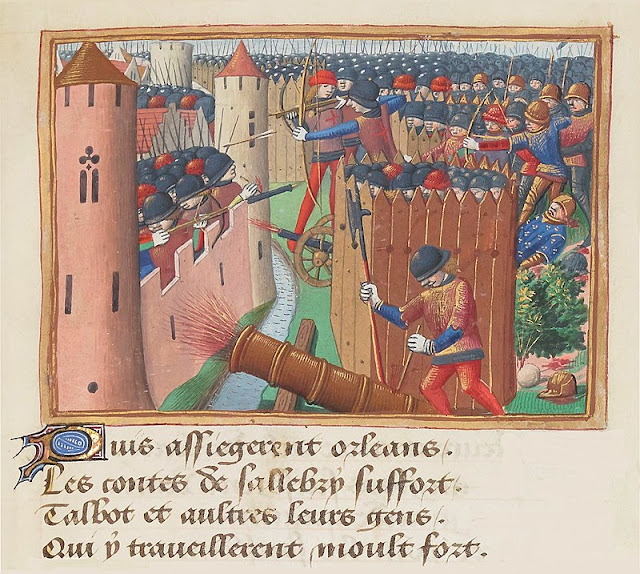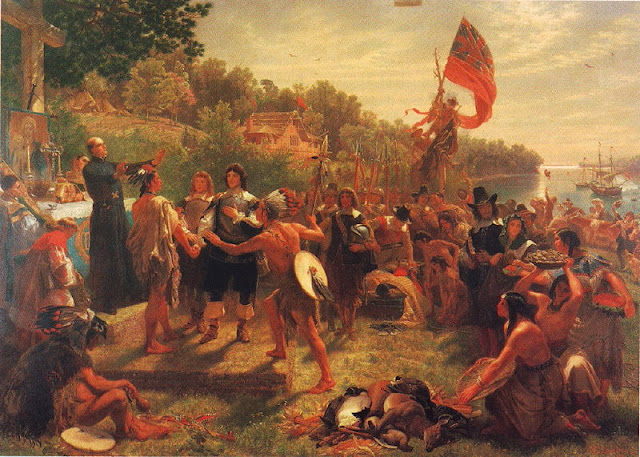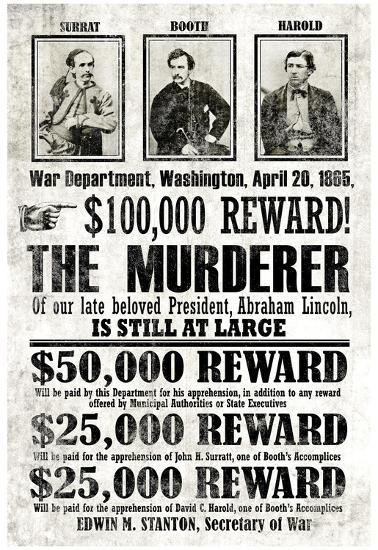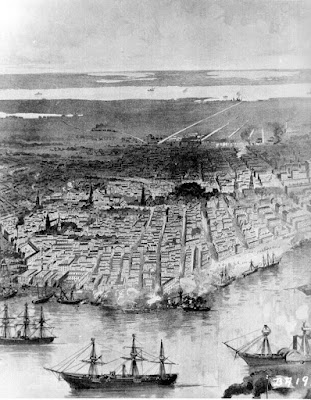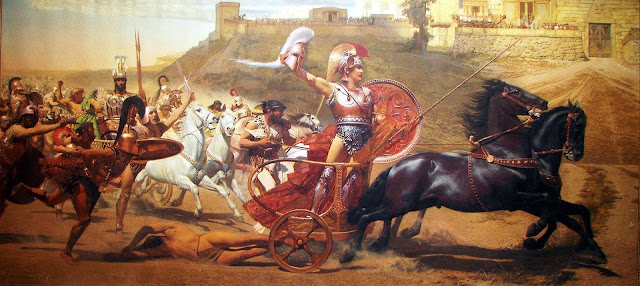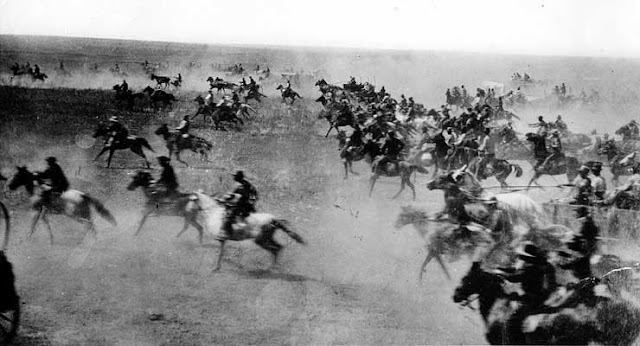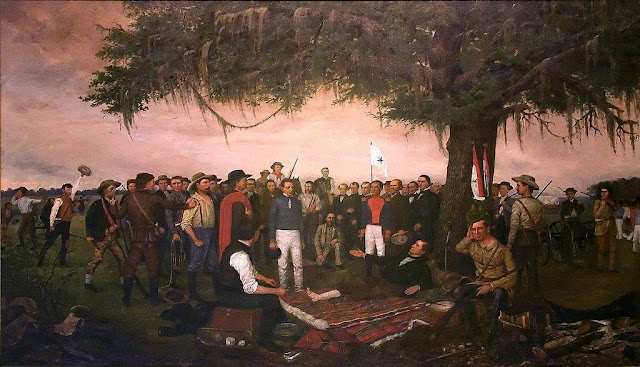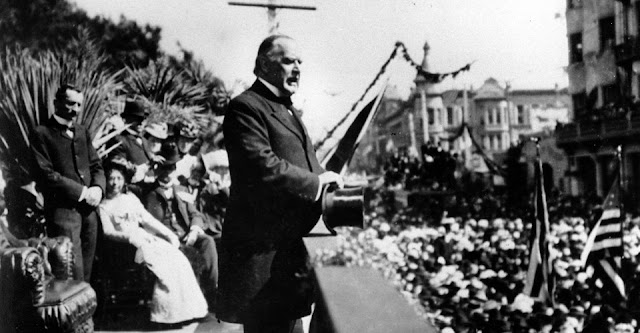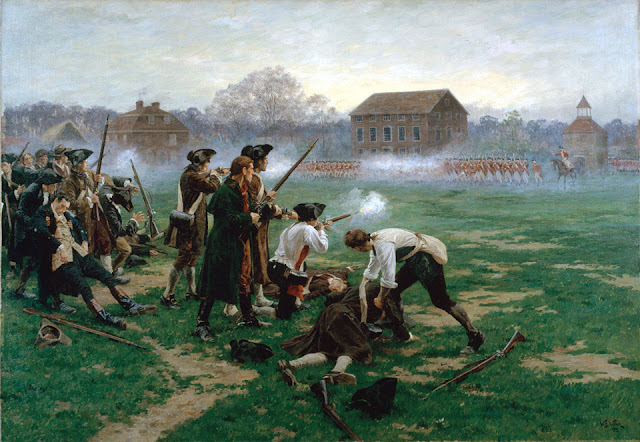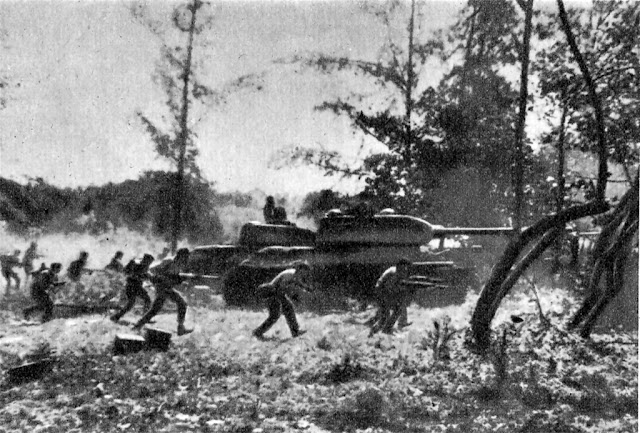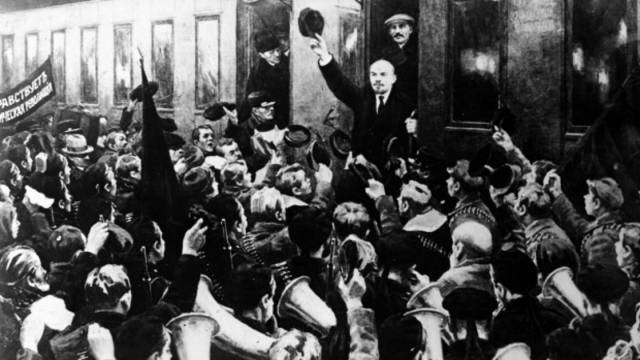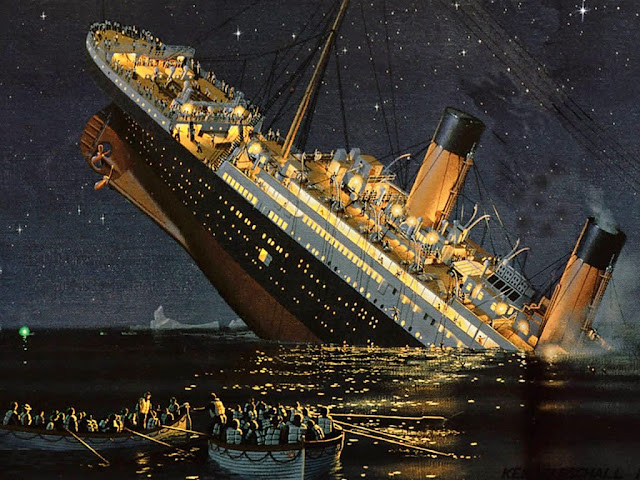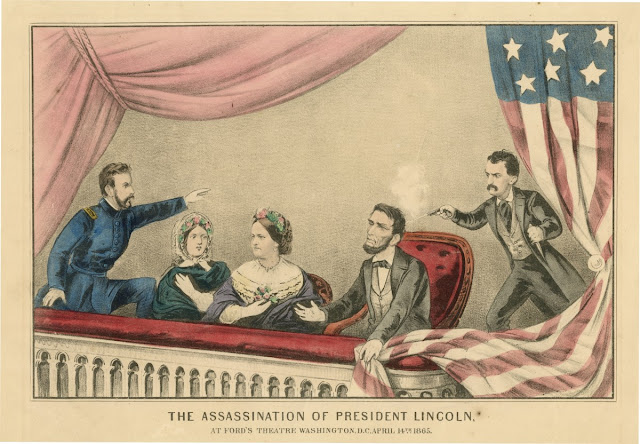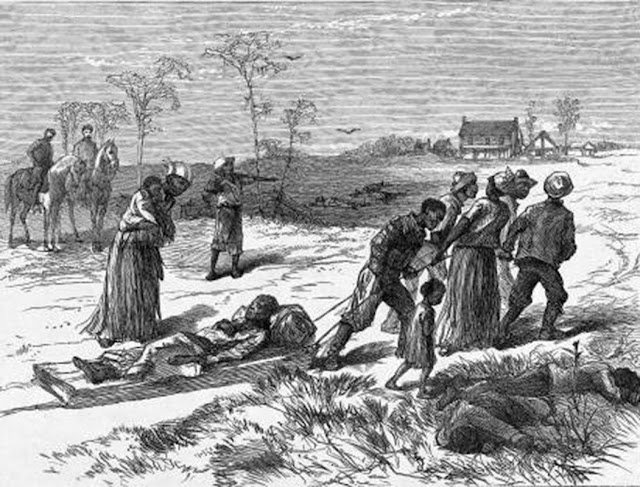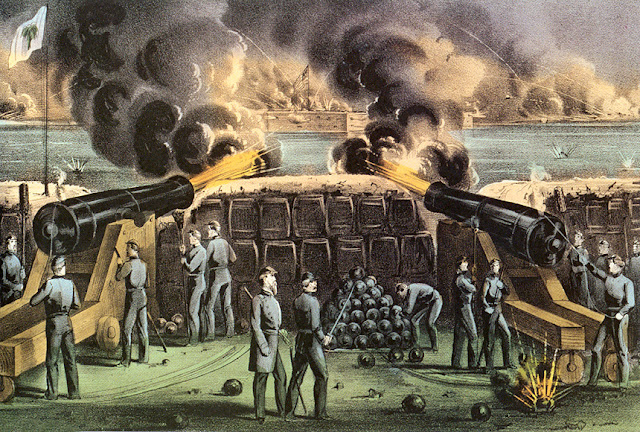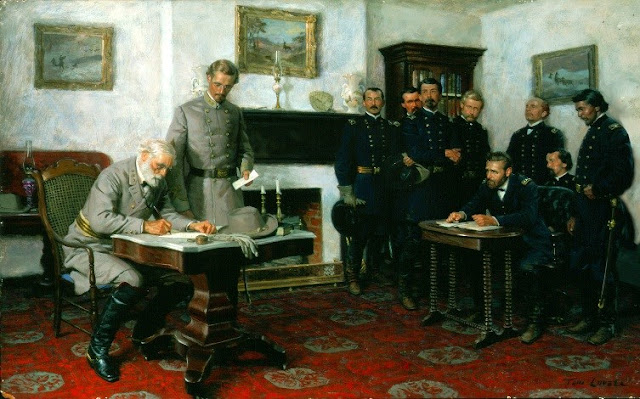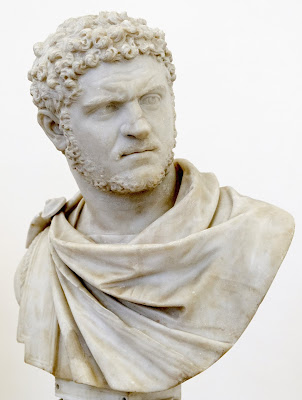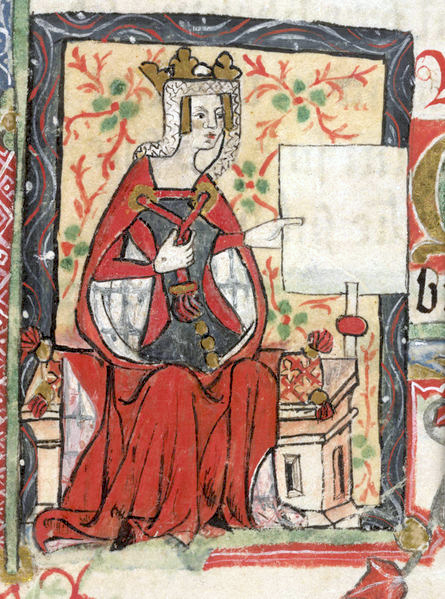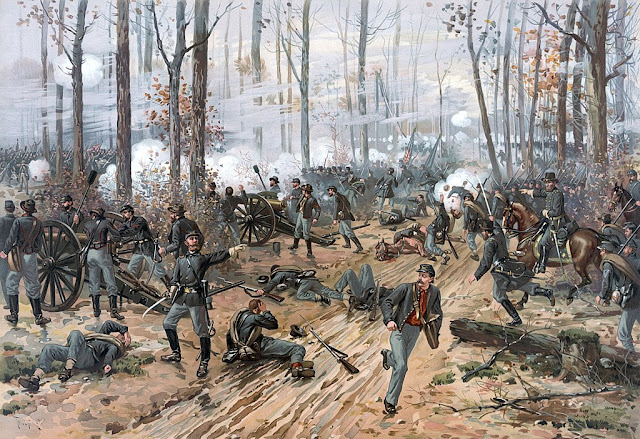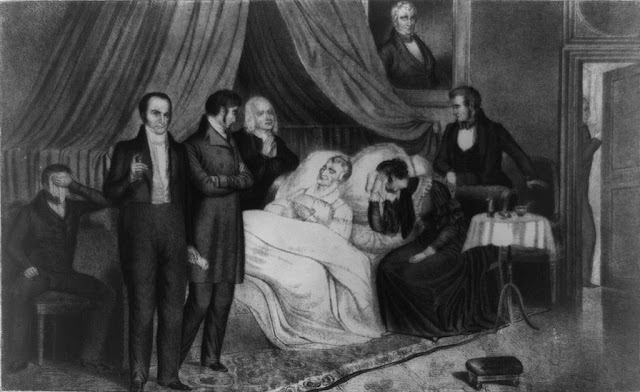April 30, 1803: The United States purchases the Lousiana Territory from France for $15 million, more than doubling the size of the country
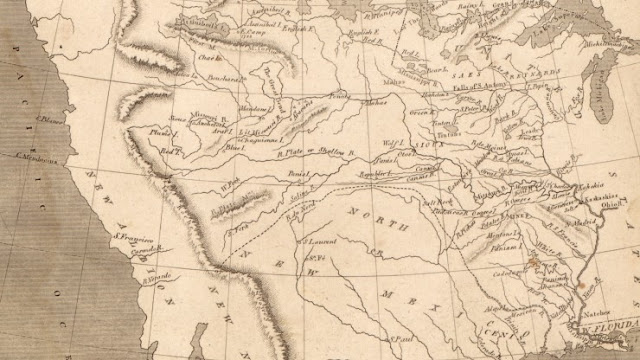
Before European settlement, the territory of Louisiana was home to numerous native tribes of the Plains nation. Throughout the 18 th century, France laid claim to the vast territory. With their defeat in the Seven Years War, France was forced to cede the territory to Spain. With the establishment of the United States in the wake of the American revolution, the fledgling country began to pursue a sphere of influence on the neighboring territory. In 1800, Napoleonic France reacquired Louisiana from Spain. However, Napoleon’s ongoing wars with his European rivals put a heavy strain on the French treasury. Napoleons woes were furthered, with the lose of France’s Haitian colony due to a popular revolt. The territory became a huge financial liability to him and he sought to sell it. In 1803, President Thomas Jefferson sought to purchase the port city of New Orleans, in the Louisiana territory. He dispatched James Monroe and Robert Livingston to Paris to negotiate for the city. Du...
